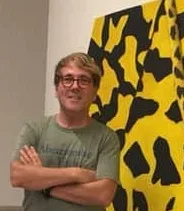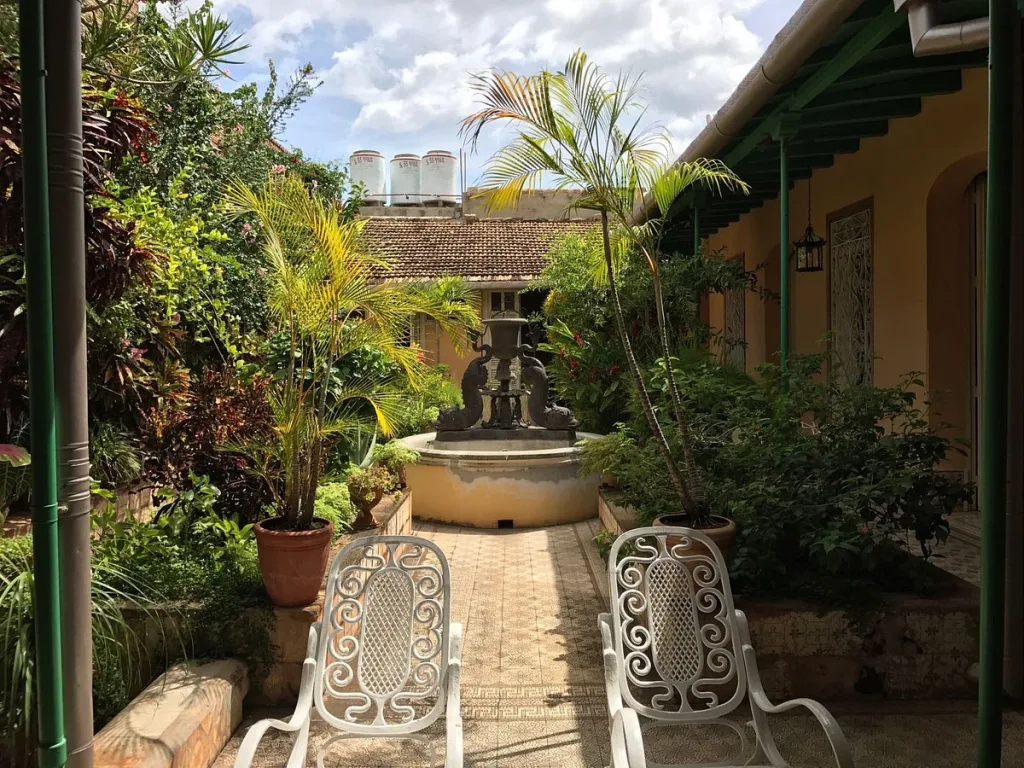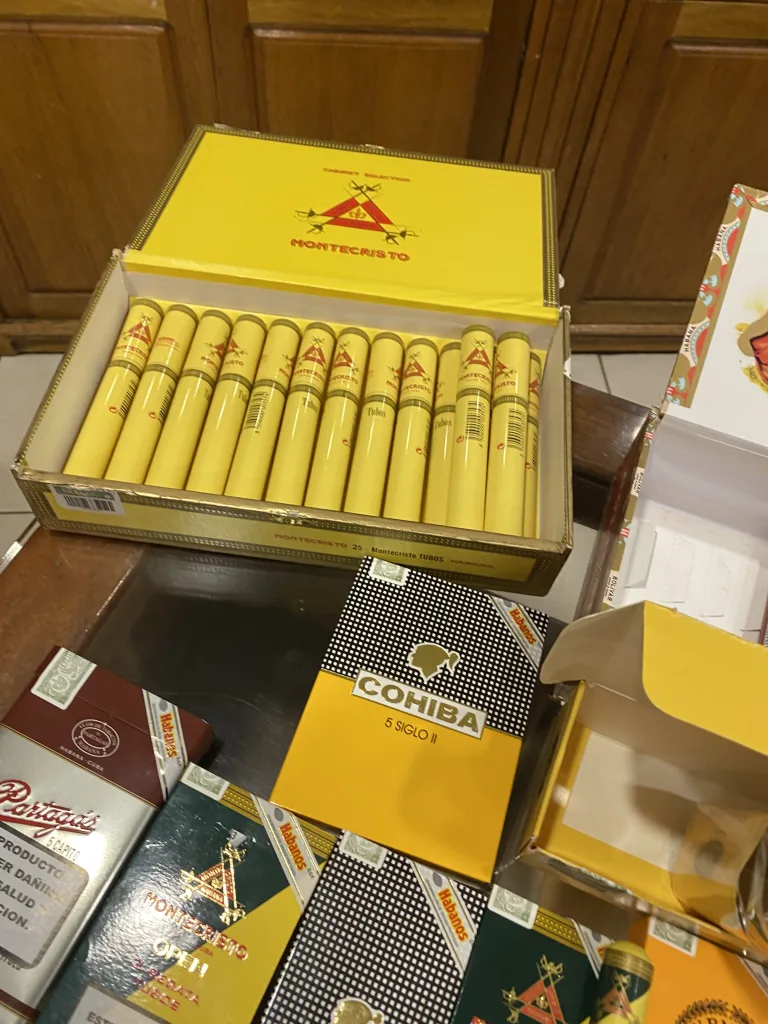An emblematic institution of Cuba, the Martí Theater, opened under the name of Irijoa, reached a great popularity thanks to its Cuban comedy plays; its central location, only a few meters from the National Capitol of Havana; and its technological and design solutions from the end of 19th century.
It was inaugurated on June 8th, 1884; its exterior architecture is formed by a rectangular block crowned by a continue cornice all around, and a parapet originally crowned with glasses. The horizontal line of the building is balanced by the vertical treatment of the multiple windows.
The interior of the building, with cast iron columns, marble floors, carpets, curtains, mirrors and iron stalls…, offered an enormous richness to the edifice. The ventilation and the acoustics were excellent; and the technological advances used were superb. At that time, at the end of the 19th century, the theater hosted different public dances and diverse spectacles from Cuban creole comedies and the circus of Mr. Santiago Pubillones, zarzuelas, operettas, vaudevilles, and the premiere in Cuba of the opera La Boheme of Giacomo Puccini; among many other different plays. In 1899 Enrique Pastoriza bought the institution from the heirs of Irijoa, and during some months it was named Edén Garden.
With the new century 20th, in 1900, it was renamed with a surname that would honor it: Martí. The next year it was registered in the national history when it served as the seat of the Constituent Assembly -in charge of writing the first Magna Carta for the Cuban Republic, to be premiered on May 20th, 1902- and the burning debates originated by the decision of the North American government to impose, as an appendix of the Constitution, the Platt Amendment.
After lending its space as a movie house in the epoch of the silent seventh art, and the “attractive” tango in all its splendor, in 1931 the season of the vernacular theater started, with the Manuel Suárez and Agustín Rodríguez Company, where Gonzalo Roig and Rodrigo Prats were directors of the orchestra and concert masters. It was the consolidation of our lyrical art, with plays like Rosa la China (Ernesto Lecuona), Amalia Batista (Rodrigo Prats) and Cecilia Valdés (Gonzalo Roig). The names of many of the greats of our Culture in those times were registered there, among many others our Rita Montaner.
Later on, other presentations will come, bringing some fresh air to the Martí Theater: the Spanish company Cabalgata, and seasons of Cuban theater sponsored by the companies of Carlos Pous and José Sanabria, and of Alberto Garrido (Jr.) and Garrido Piñeiro, among others. In the 40’s, there were also the presentations of the Cubano Libre Company, founded by the writer Carlos Robreño and the businessman Julio Vega, where the singer and actress María de los Ángeles Santana was brilliant.
At the beginnings of 1959 the comic−sketch El General Huyó occupied the stage, musically directed by the master Rodrigo Prats. It would start a new era in the theater, with unforgettable plays, authors and artists; a new generation applauded, among others, Candita Quintana and Alicia Rico.
A long period of restoration passed (four decades), and on February 24th, 2014 it occurred: the reopening of Martí Theater or the Theater of a hundred doors, as it is also known. The spectacle Volver al Martí was the chosen one. It included an excellent repertory: fragments of the zarzuelas Cecilia Valdés, María La O, Amalia Batista; the Damisela Encantadora of Ernesto Lecuona, and a scene of local customs interpreted by Mario Limonta and Aurora Basnuevo, among others. In 2015 it received the National Prize of Restoration.
Since that time, in many different seasons, the most relevant Cuban companies have passed through it, well known Cuban and international artists; and the Culture rooted into its bricks filled with Cuban features has flourished again.





